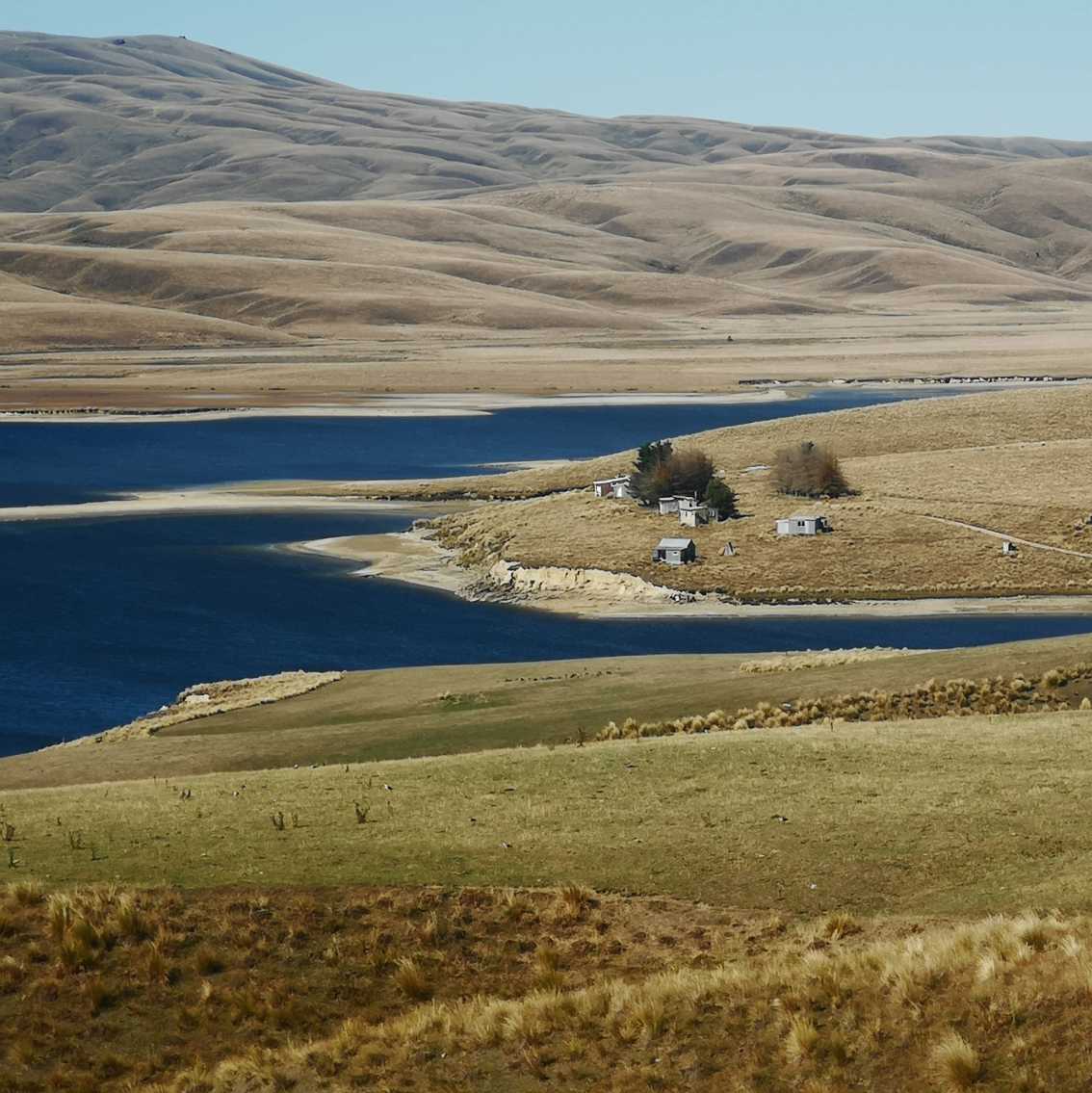
The New Zealand government is investigating various options to add to existing electricity generation capacity in order to avoid the risk of future electricity shortfalls. One such option is a proposal to build a Pumped Hydro-Electricity system at Lake Onslow.
Pumped Hydro-Electricity generation operates by releasing water for generation when electricity demand is high. The electricity generation operator earns revenue by selling power to the national grid when it is most needed at peak demand times and pumps water for re-use when national grid electricity demand is low.
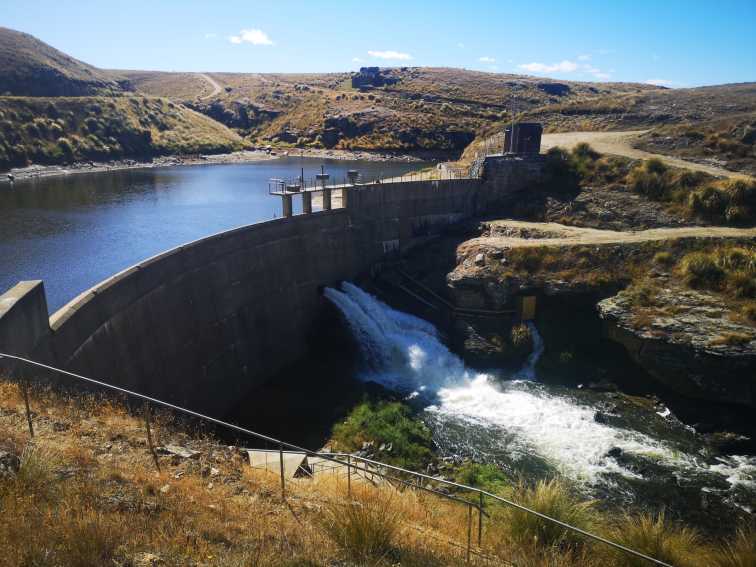 Existing dam at Lake Onslow
Existing dam at Lake Onslow
˔
There are more than fourty Pumped Hydro-Electricity schemes in the United States alone and the technology is being adopted in a number of other countries.
Lake Onslow is an existing man-made lake east of Roxburgh and south of Alexandra in the Central Otago Lammerlaw Range region of New Zealand. It is thirty nine kilometres from Roxburgh via a 4WD road and lies 684 m above sea level. The lake was formed in 1890 by damming the Teviot River and Dismal Swamp and a new dam was built in 1982 which raised the then Lake Onslow water level by five meters.
If eventually approved by government, the proposed Lake Onslow project would increase the size of existing Lake Onslow from 8 square kilometres to 70 square kilometres and would provide for a minimum 5000 GWh of energy storage water capacity.
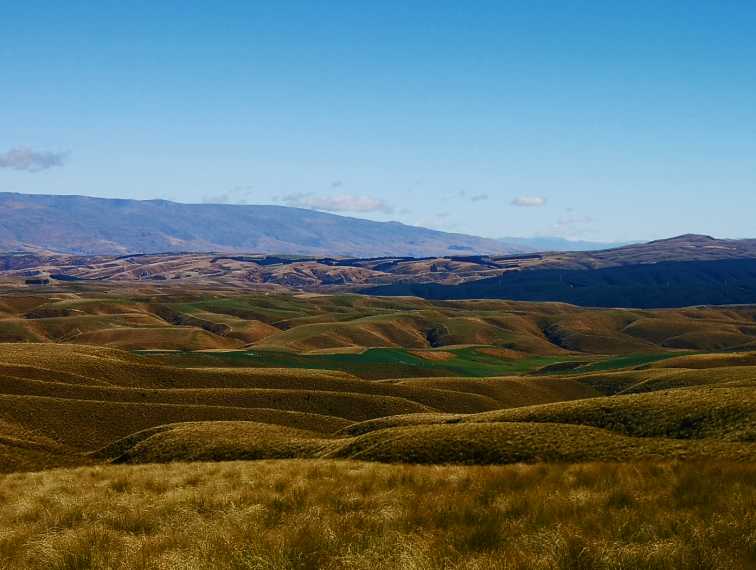
Operating capability equates to how much electricity can be generated at any given time which in the case of the Lake Onslow project is likely to be around 1000MW (marginally more than the coal fired Huntly power station, presently New Zealand’s most powerful generation facility). Lake Onslow would not be particularly powerful in terms of peak generation capability however its potential water storage capacity is extraordinarily large.
New Zealand’s minister for Energy and Resources, Dr Megan Woods recently announced that the estimated cost to build the Lake Onslow project has been revised upward from an initial estimate of NZ$5 billion to an eye-watering NZ$15.7 Billion and a partially completed feasibility study will continue.
There are varying types of Pumped Hydro-Electricity systems. In the case of the proposed Lake Onslow system, water would be pumped from the Clutha River at a point near Roxburgh to Lake Onslow where it would be stored and fed into the electricity generation plant as required. The water supply pipe-line would traverse 17km as the crow flies and would pump at the rate of circa 200 cubic metres per second.
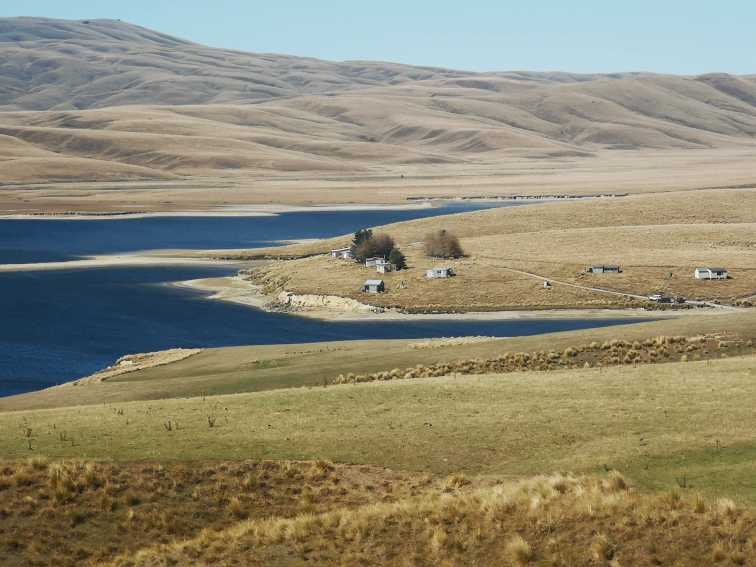
When Max Bradford, a then National Party MP, introduced retail sector electricity reforms in 1998 he didn’t do New Zealand electricity consumers any favours at all. Rejigit is of the view that he was deserving of a public flogging. New Zealand electricity consumers continue to be fleeced by the five electricity generating companies that emerged out of those ill-considered reforms.
Contact Energy chief executive Mike Fuge has commented that NZ shouldn’t get conned into a massive infrastructure project. The reality is that anything which will reduce the ongoing stranglehold the likes of Contact, Genesis Energy, Mercury, Meridian Energy and Trustpower have on the retail electricity market would be a bloody excellent thing. The electricity pricing mechanism in New Zealand beggars belief. There is a so-called wholesale market whereby electricity spot prices are set by the rapacious electricity generators based amongst other things on current water storage levels in the lakes feeding power generation plants at any particular time. The theory appears to be that if at any given time, water levels are deemed low enough by the very same electricity generating companies to even remotely impact on future generating capacity, current spot prices are immediately impacted. It is about as absurd as if, by way of example, egg producers anticipate that something may impact on the cost of producing eggs in December, they therefore adjust the cost of eggs in March and continue revising prices ad infinitum. Hopefully the Hon Dr Megan Woods will not be influenced in any way by this self-interested commercial lobby group.
˔
Given the talk of an eye-watering NZ$15,700,000,000 it is interesting to consider what another country has achieved for their money. It also begs the question; why is the cost of building infrastructure and large projects in New Zealand mind bogglingly high and so fraught with cost overruns.
In very basic terms, Lake Onslow is a relatively easily accessible site 700m above sea-level and presumably would involve constructing a new dam and a more or less ground level generation facility with a build period of five years after which the existing lake would be pumped to a new capacity over a period of two years at an overall cost of NZ$15.7 Billion.
Nant de Drance is a massive pumped-storage hydro electricity plant built 2226 meters up in the Swiss Alps in the Valais municipality.
Construction commenced in 2008 and the plant was fully commissioned fourteen years later in 2022 at a cost of US$2.1 Billion (NZ$3.273 Billion).
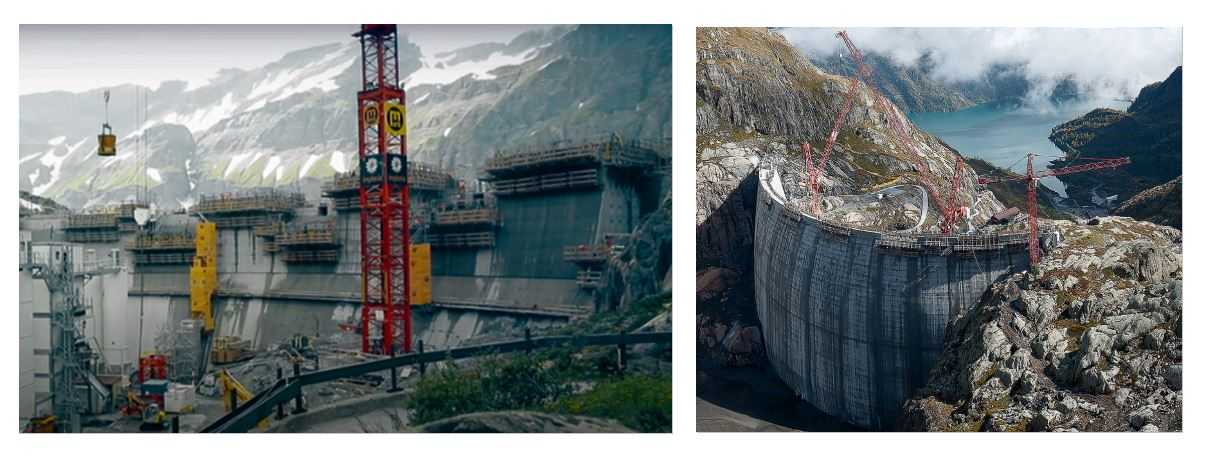
It required the construction of two dams. Vieux Émosson is the upper reservoir which sits at an altitude of 2205m with a water storage capacity of 25 million cubic meters. It’s dam measures 205 meters wide by 76.5 meters high. Lac d'Émosson is the lower reservoir and sits 300m below Vieux Émosson reservoir at an altitude of 1930m. Its dam measures 560m wide x 180m high.
A turbine chamber measuring 194m long x 52m high x 32m wide was excavated from solid rock and sits 600m below ground level.

The system has a peak generating capability of 900 MW via 6 x 150 Megawatt reversible turbines and a 20GWh (20 million kWh) energy storage capacity.
Two 7 meter diameter x 425 meters high, vertical penstocks feed into the underground turbine hall.
There are 18km of tunnels and the overall project required 227 million cubic meters of rock to be excavated. Accommodation for six hundred and fifty construction workers and administration offices was established at nearby Le Châtelard.
˔
New Zealand images courtesy of photographer Gary Marshall